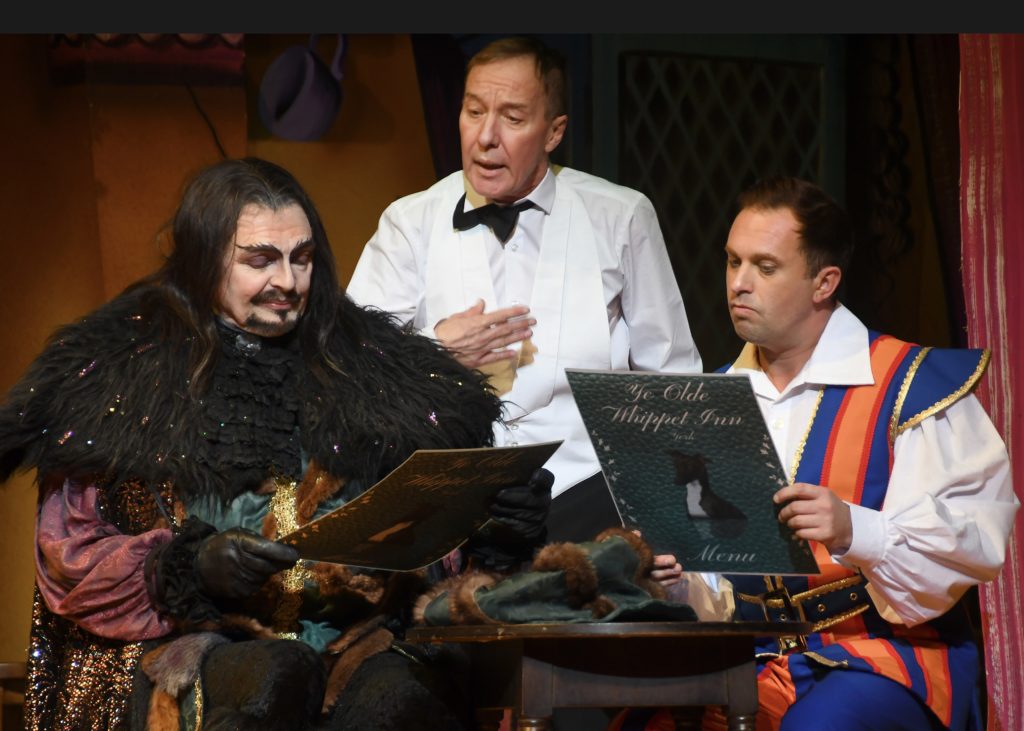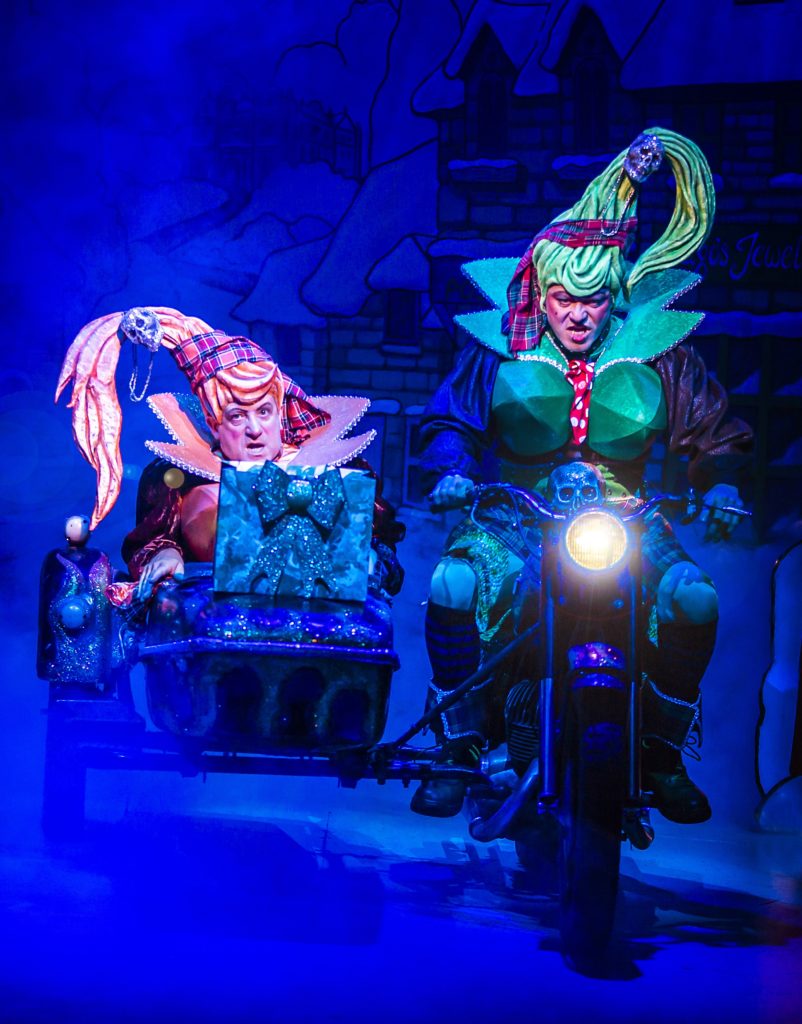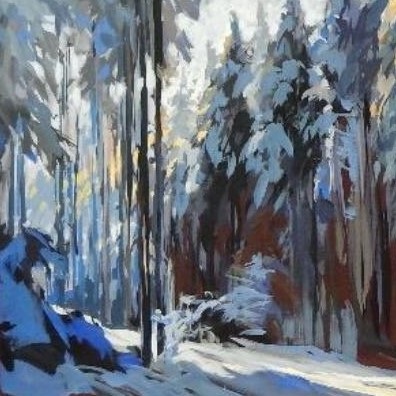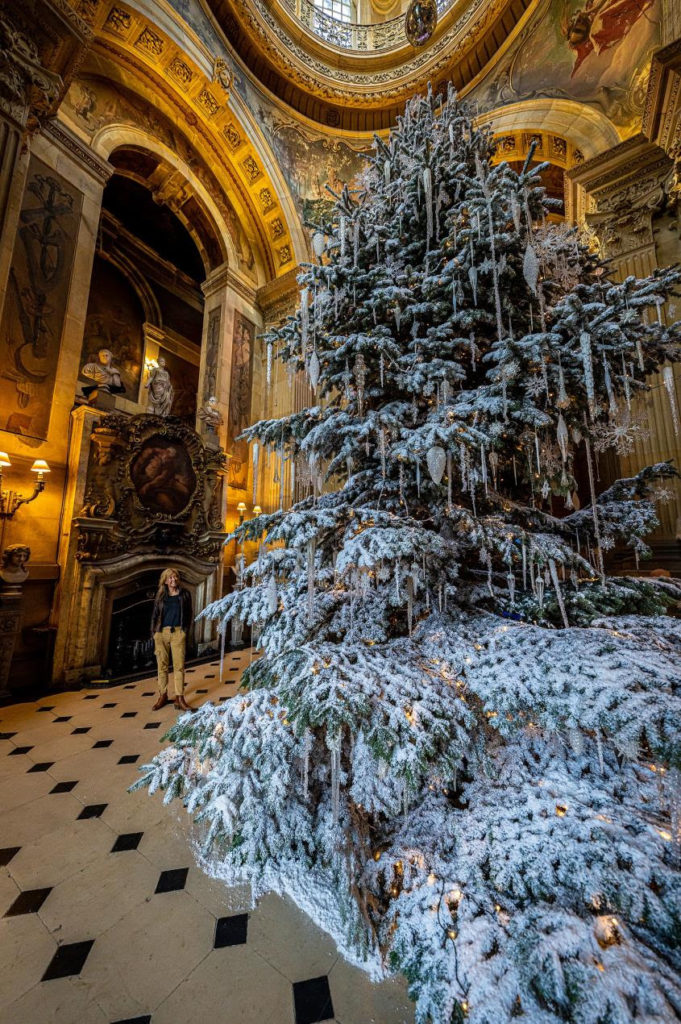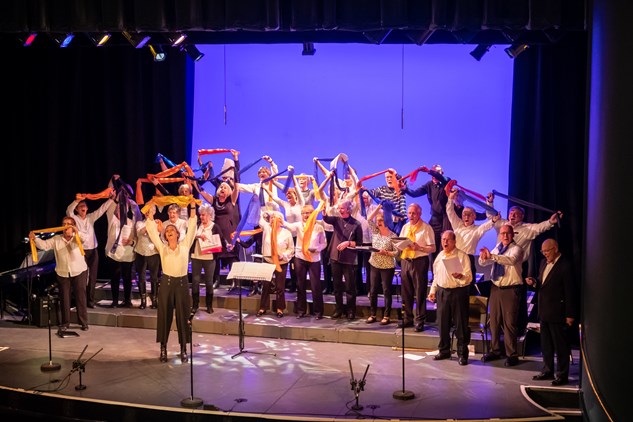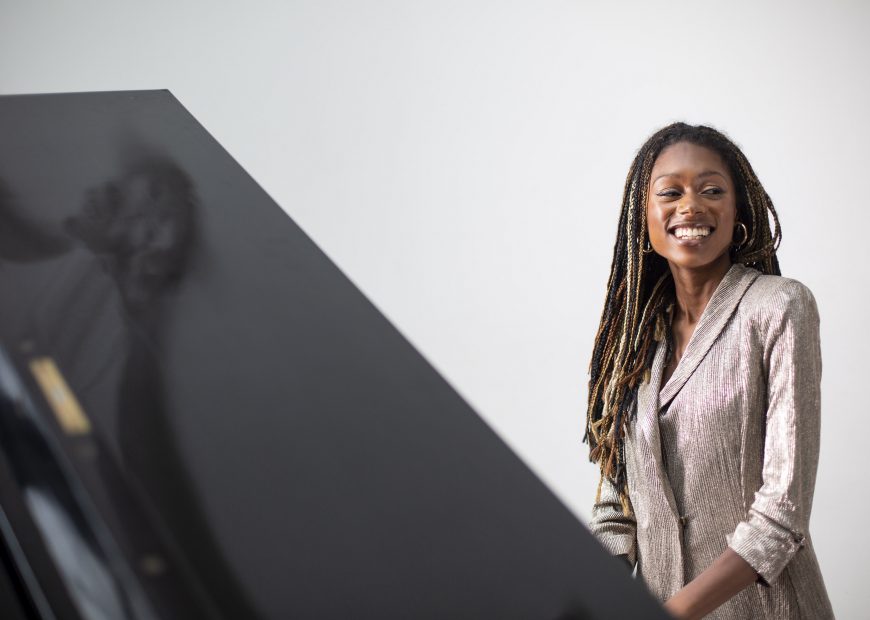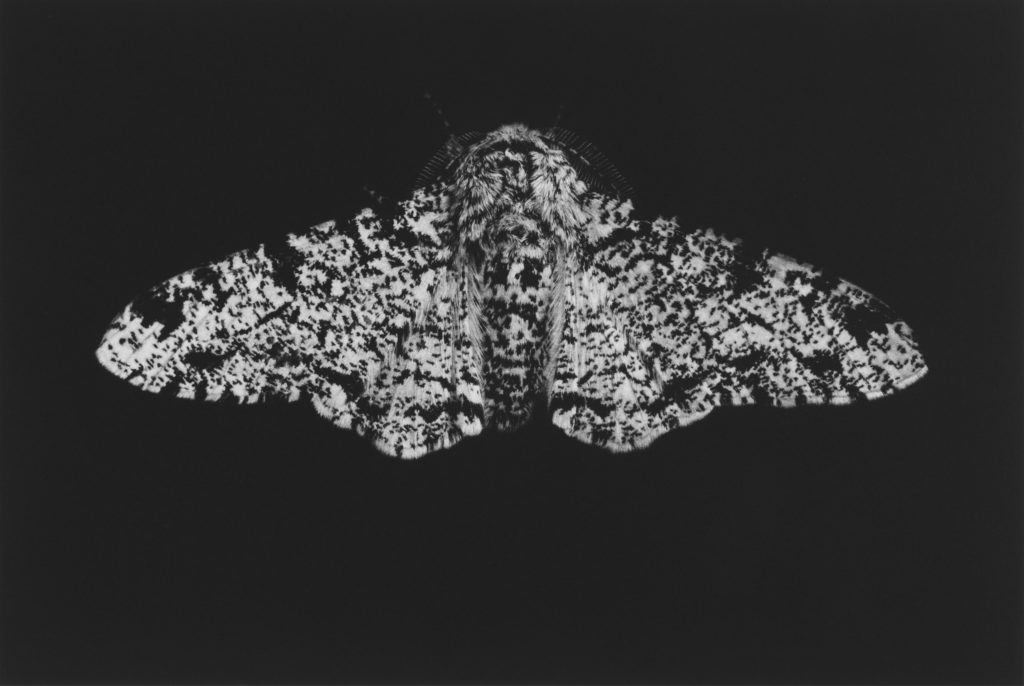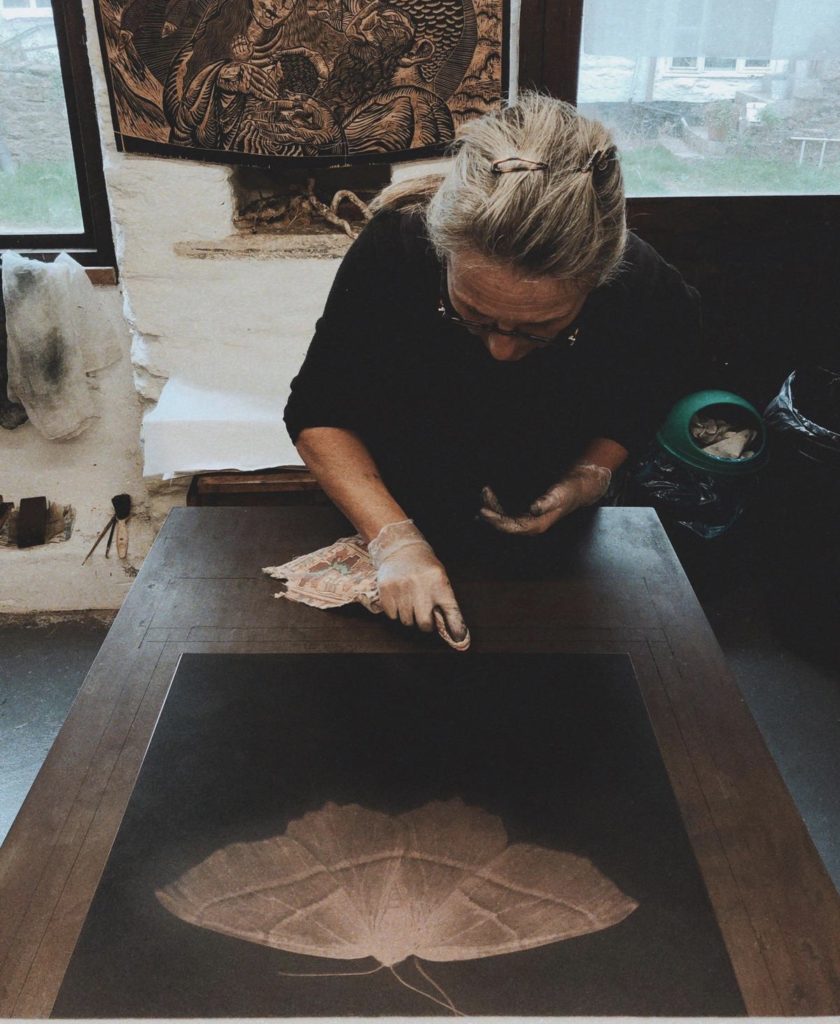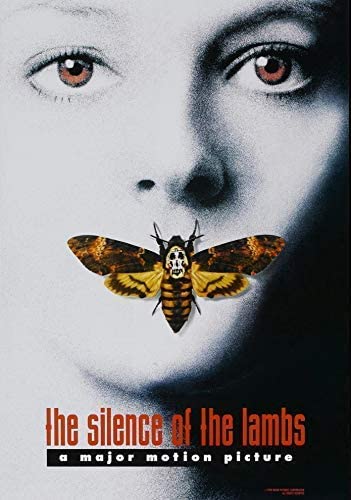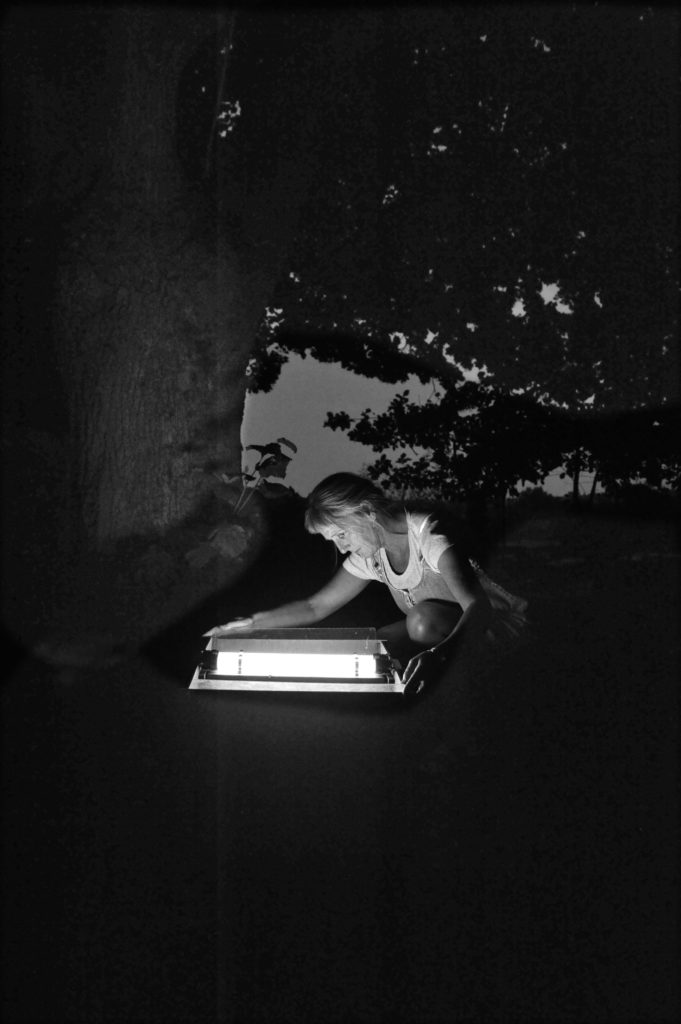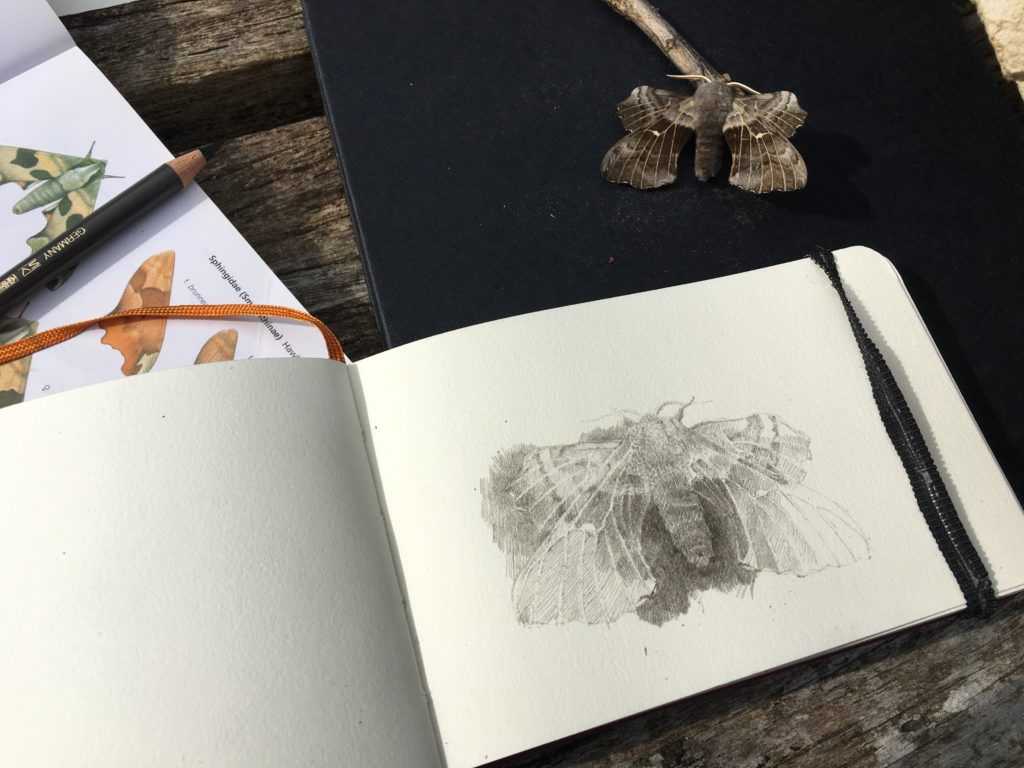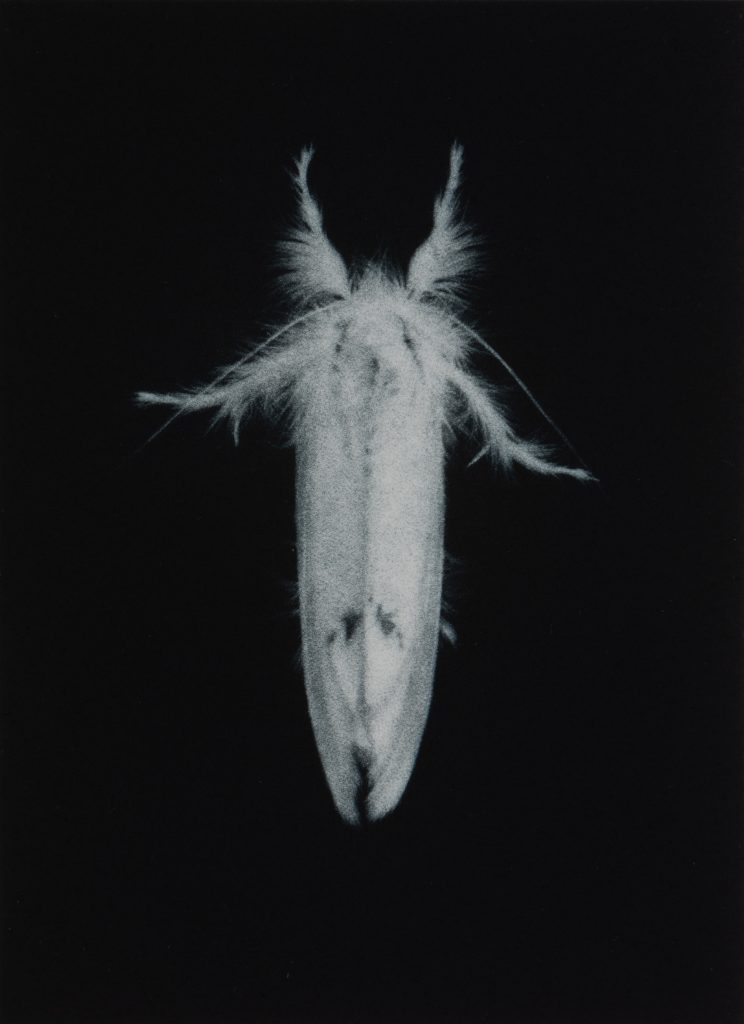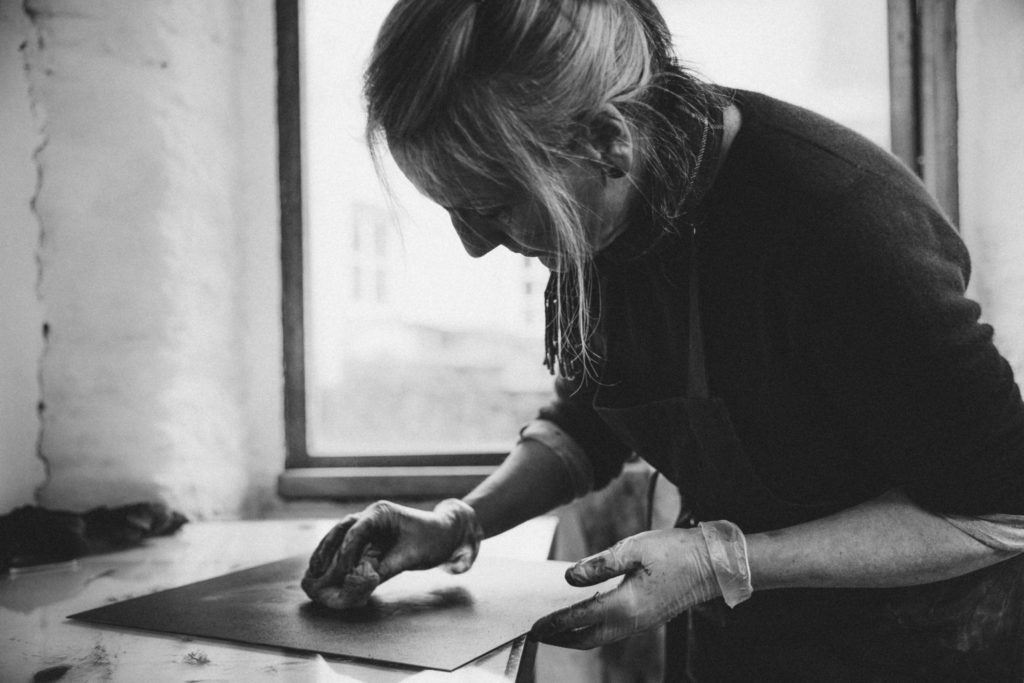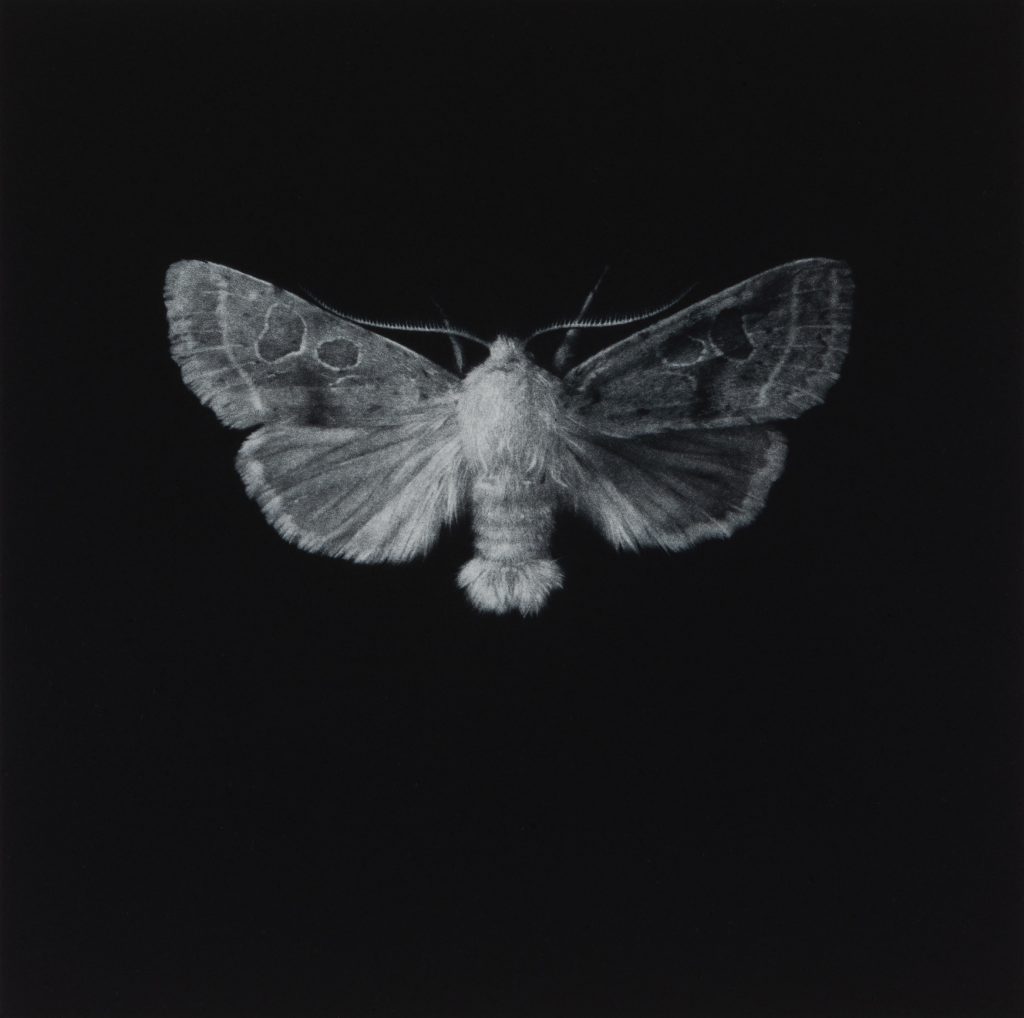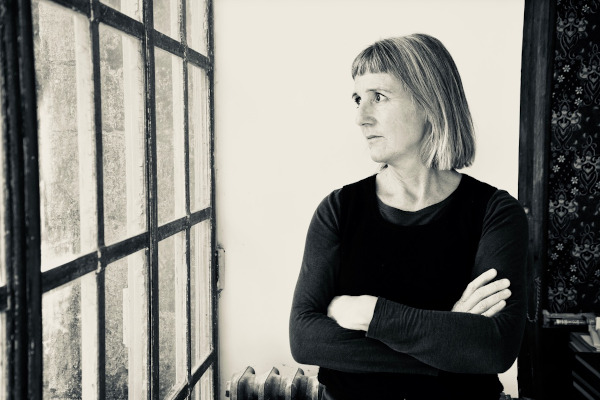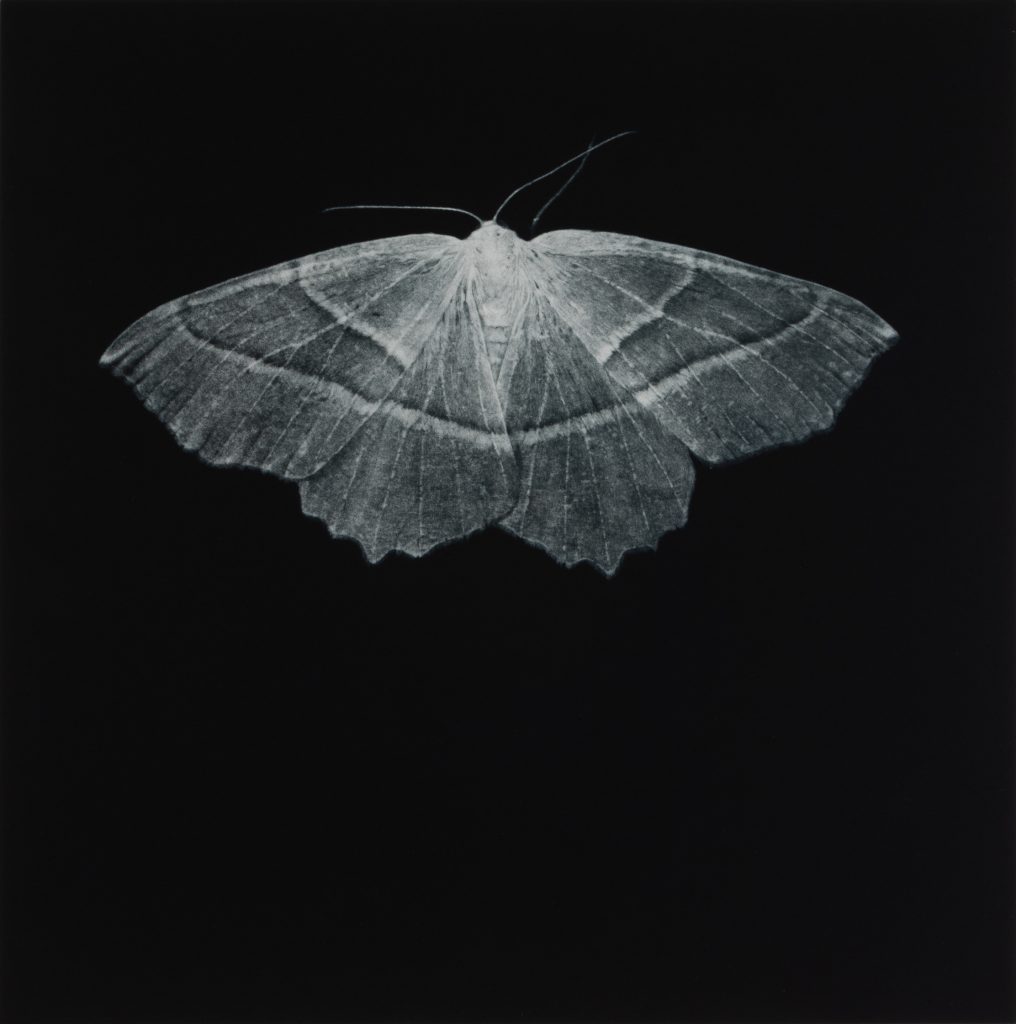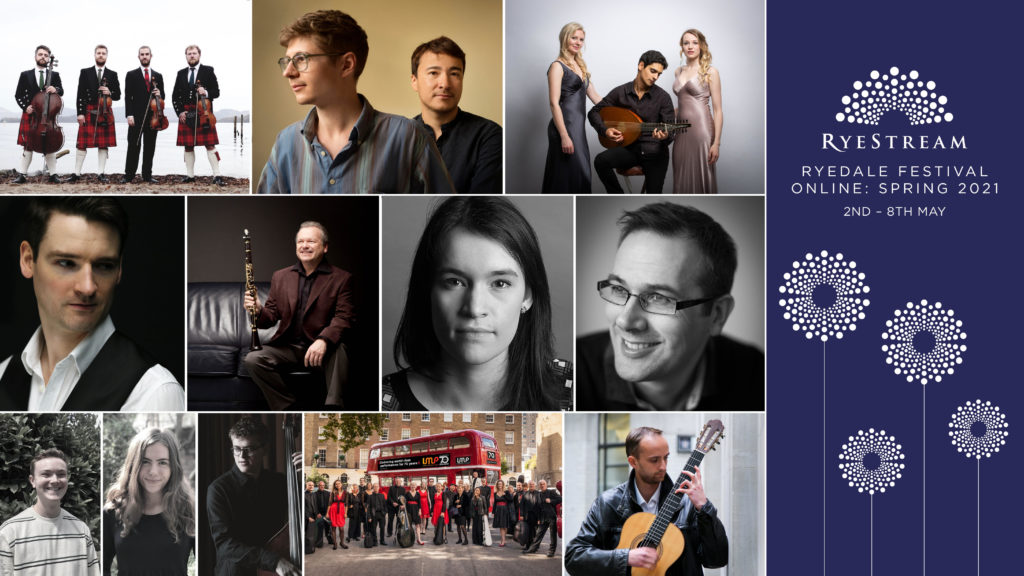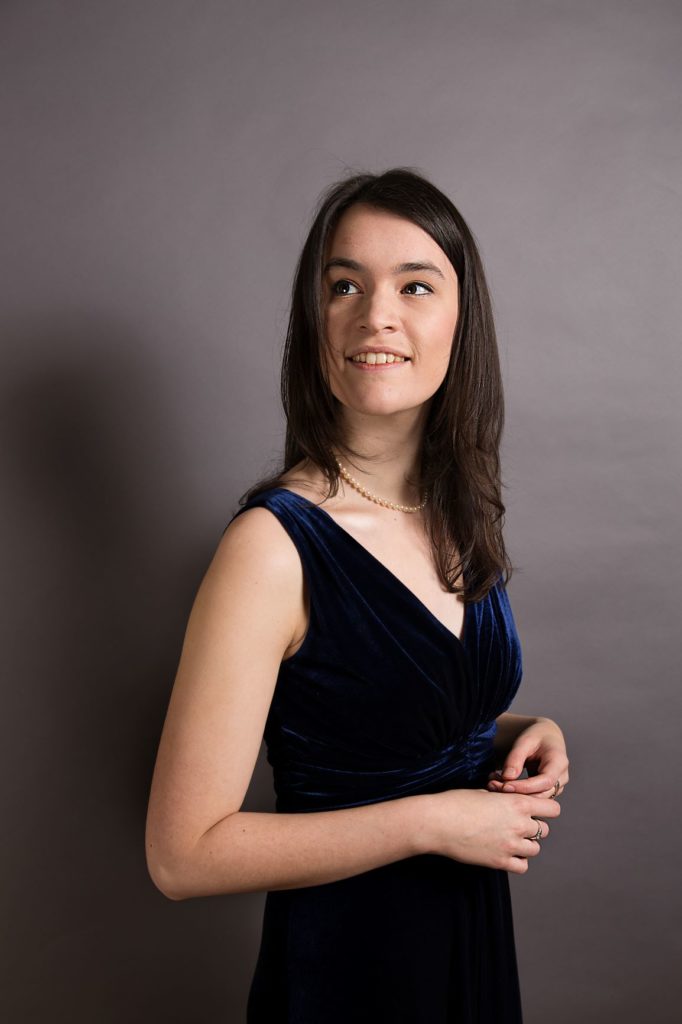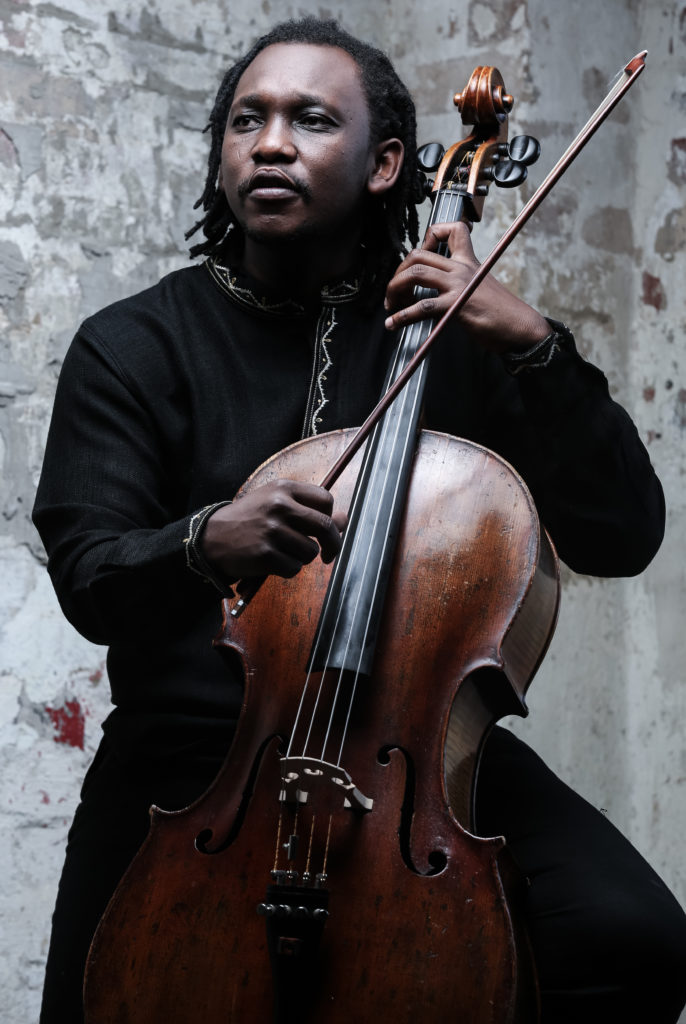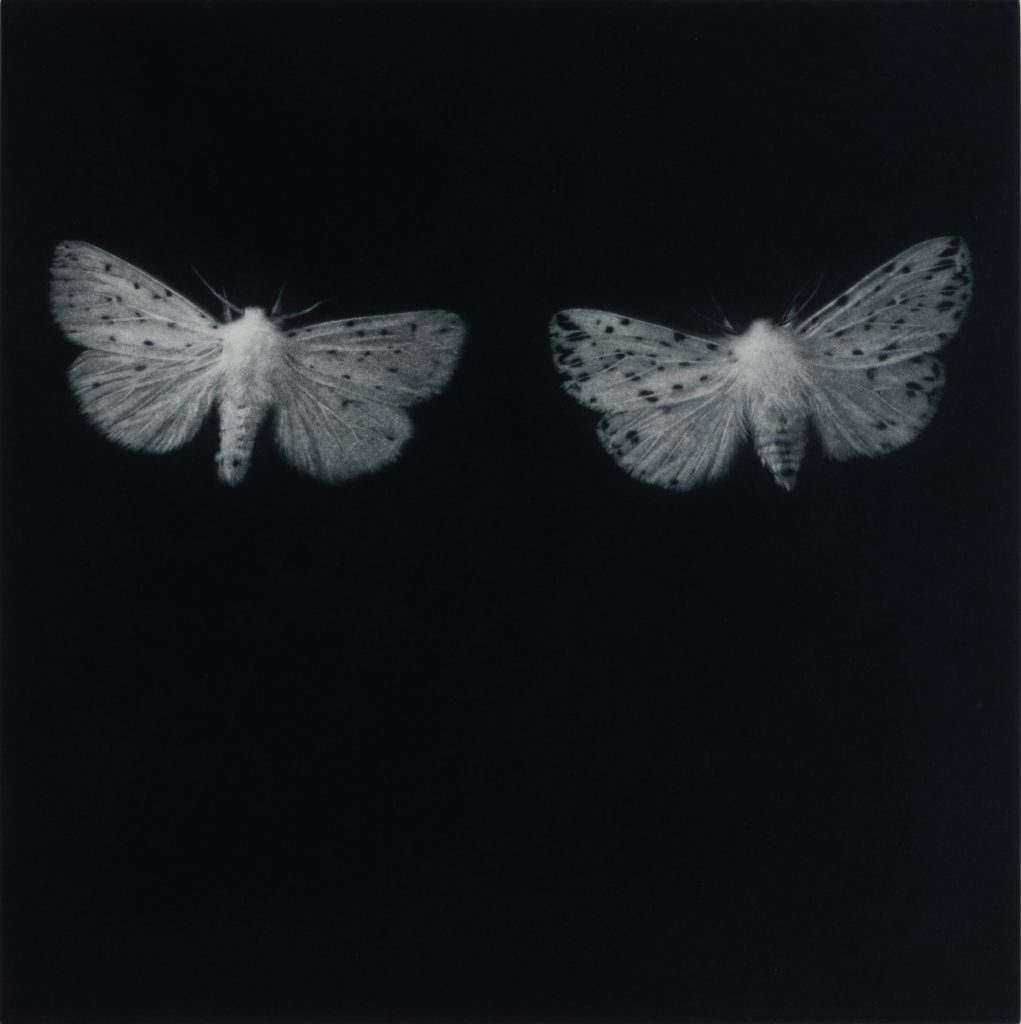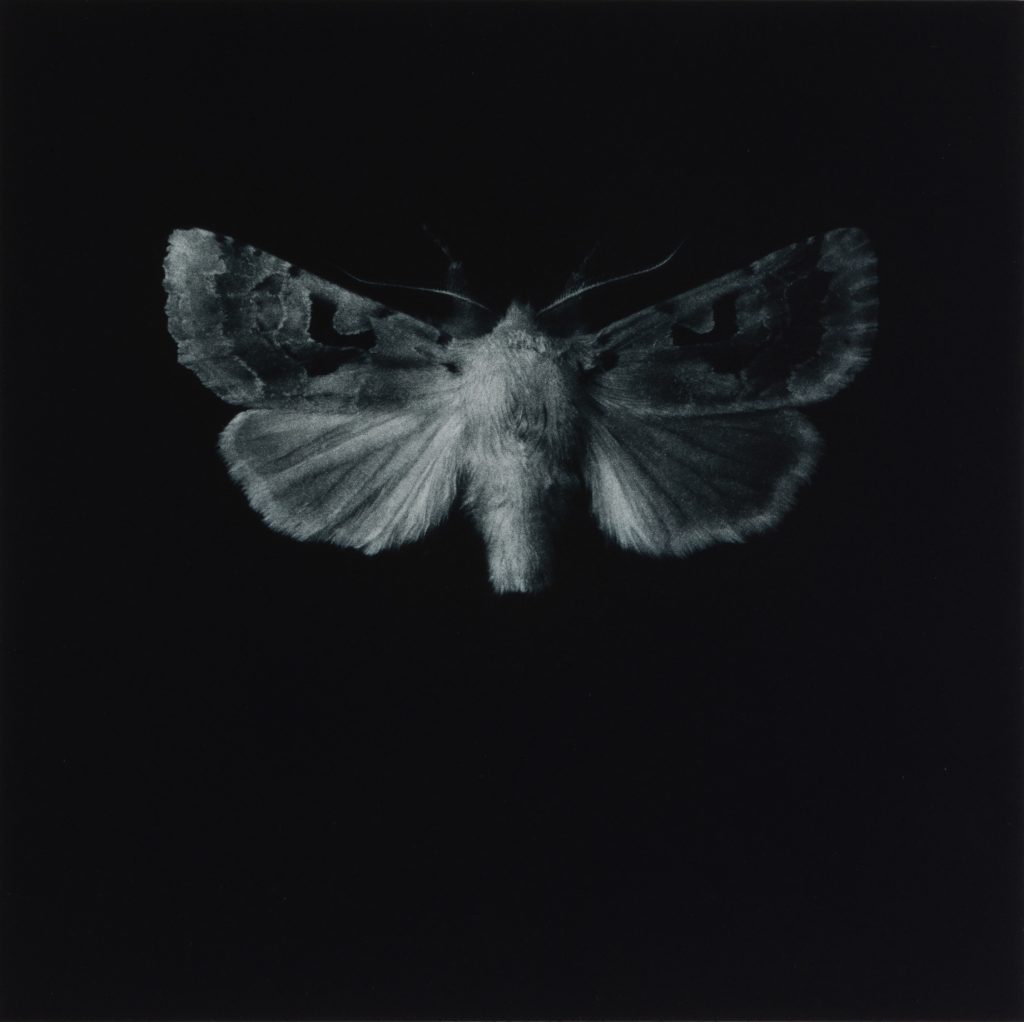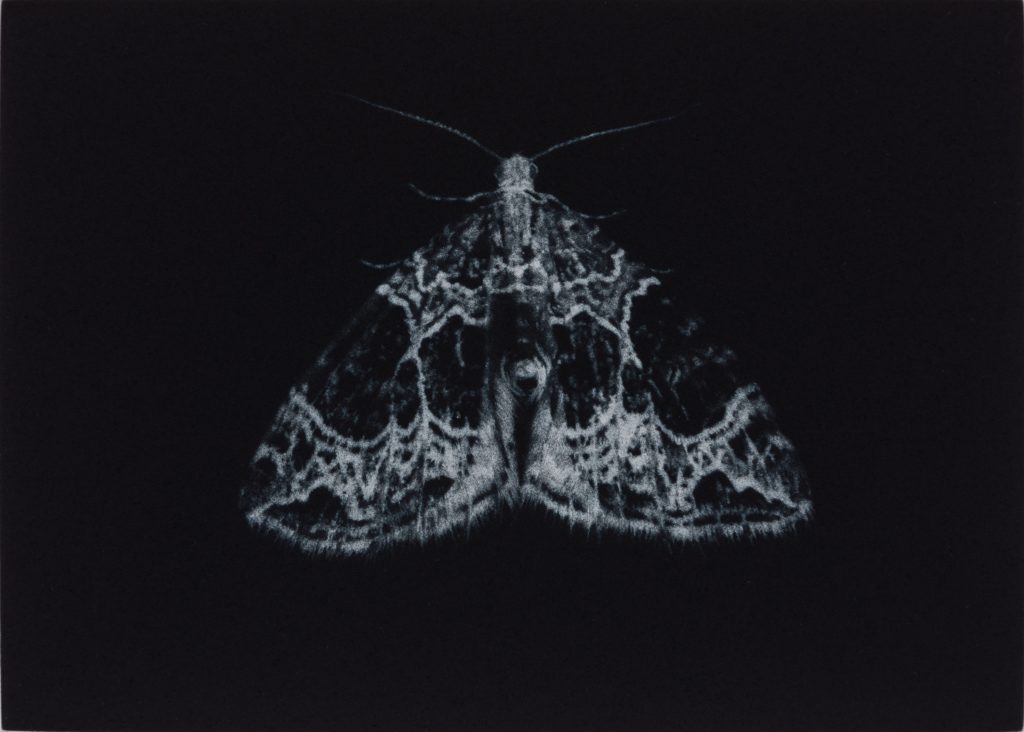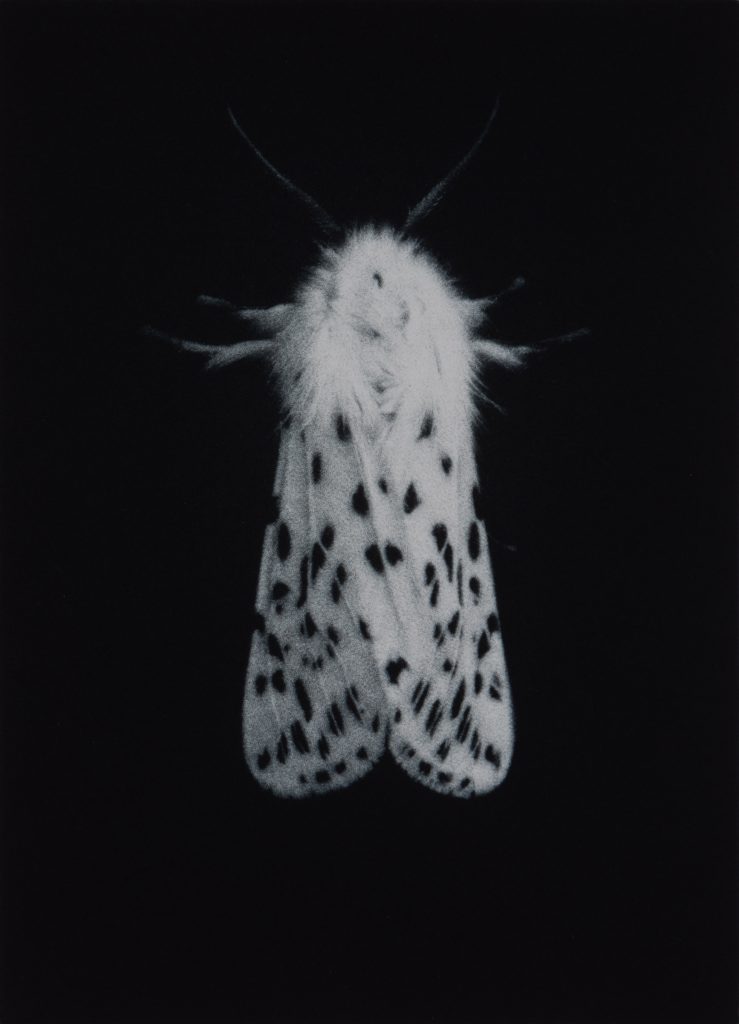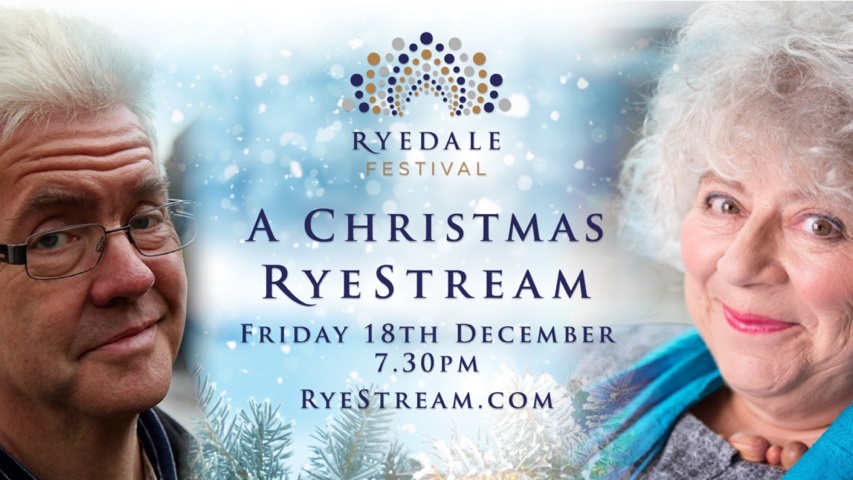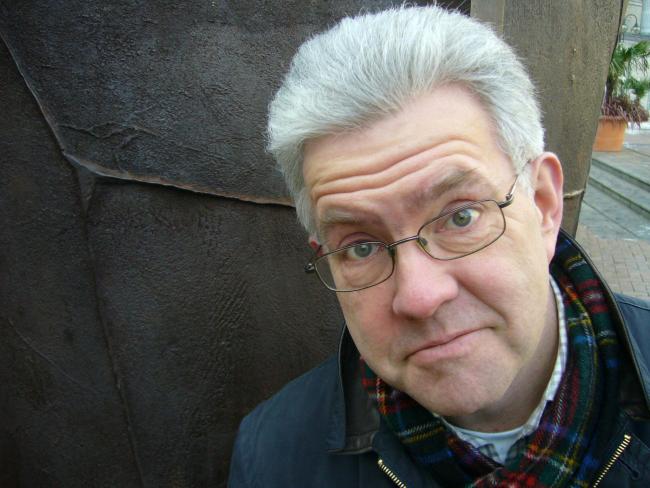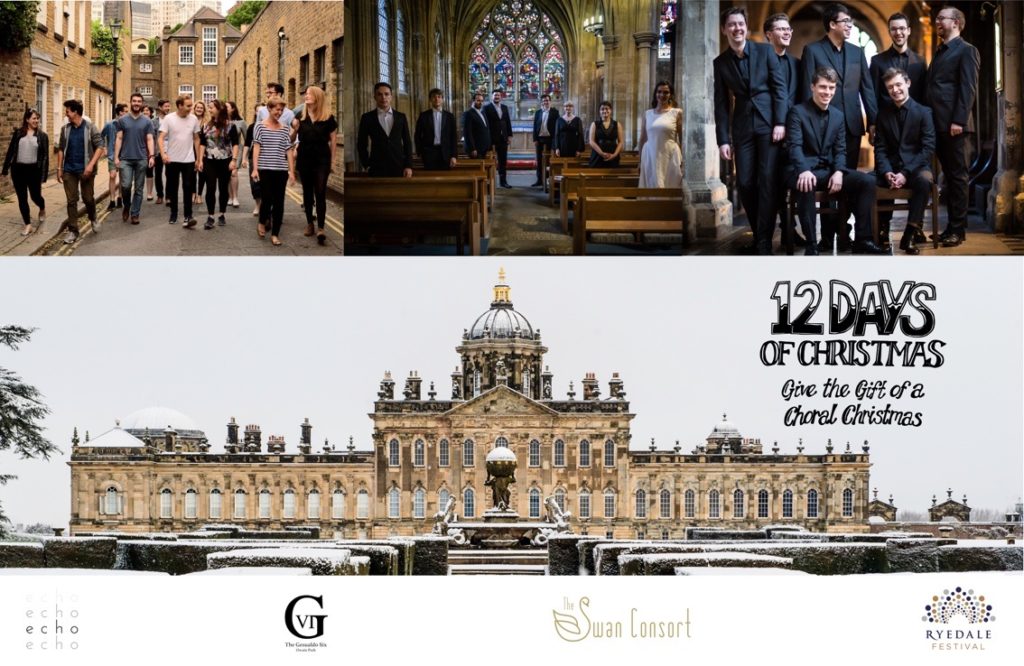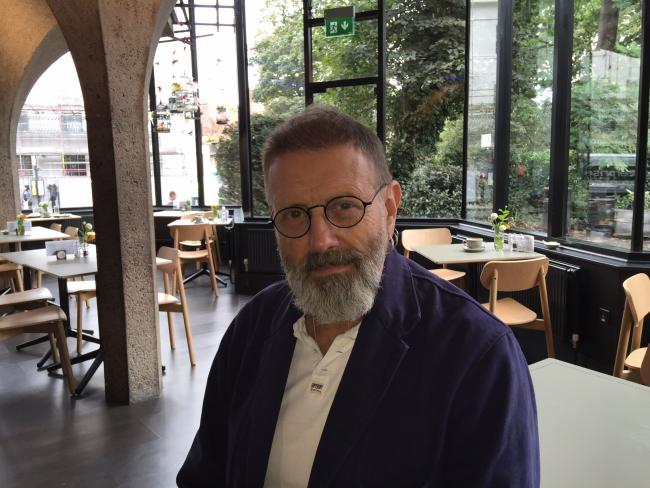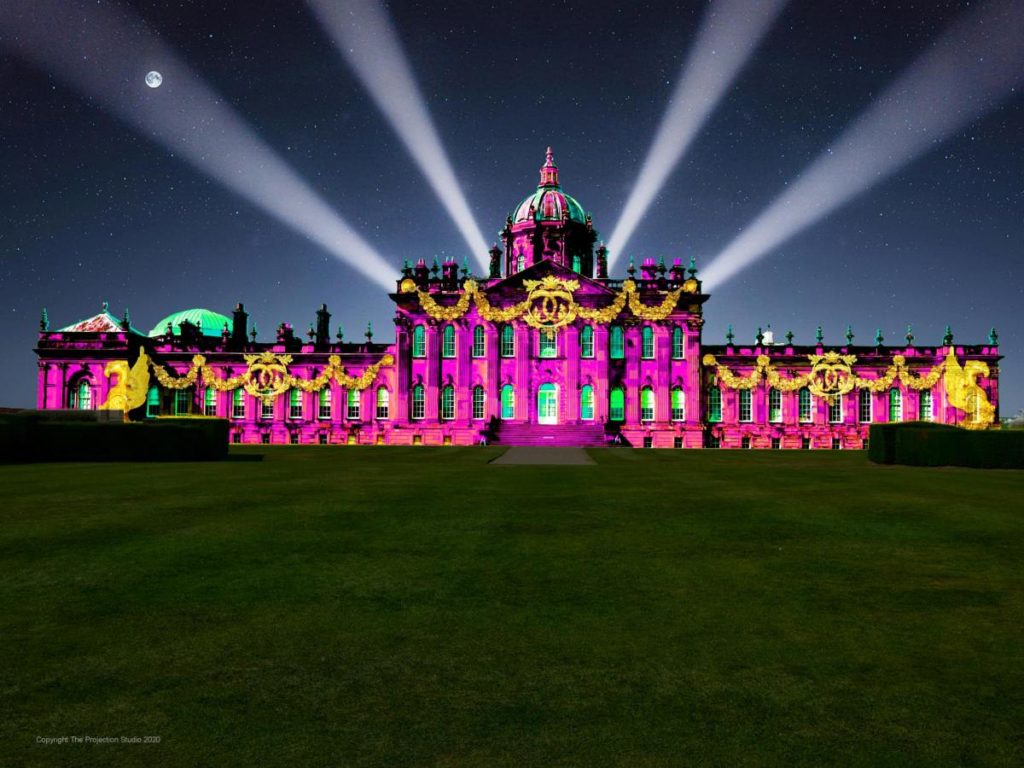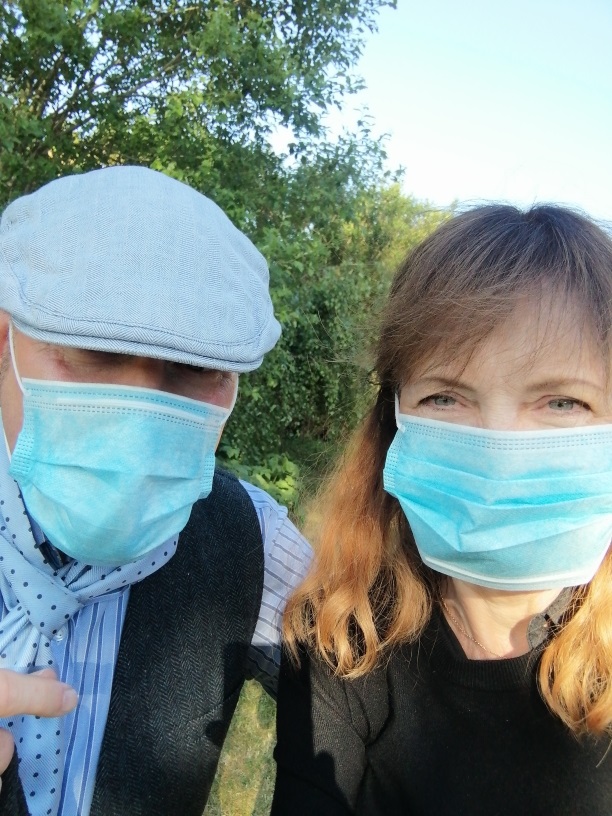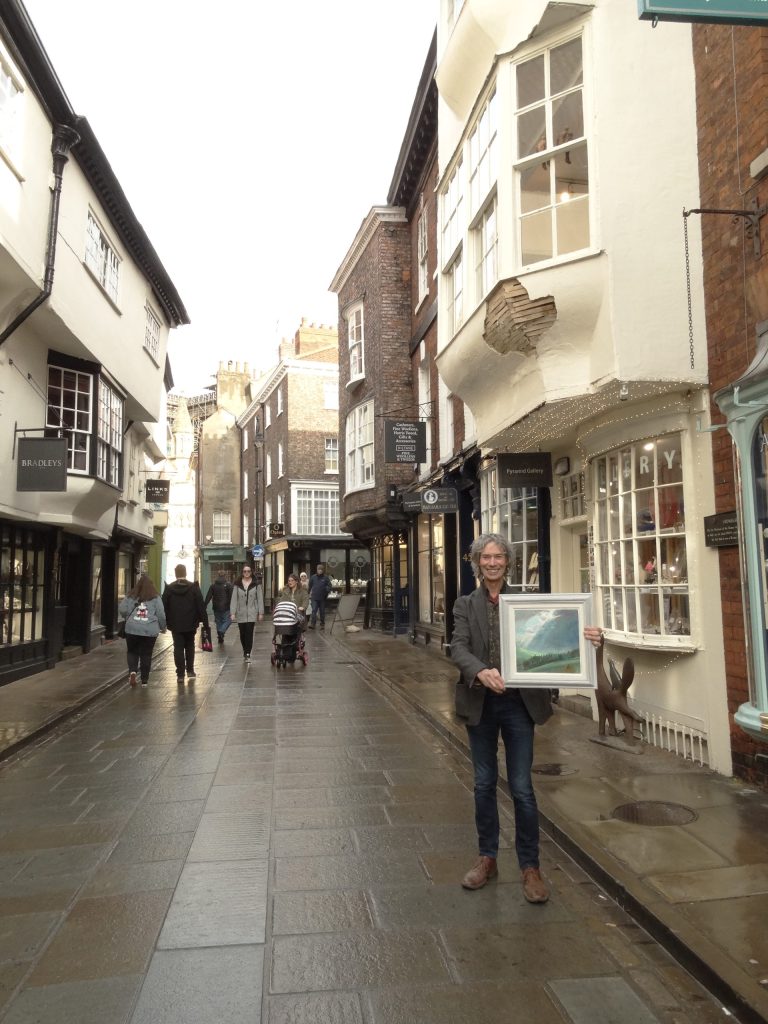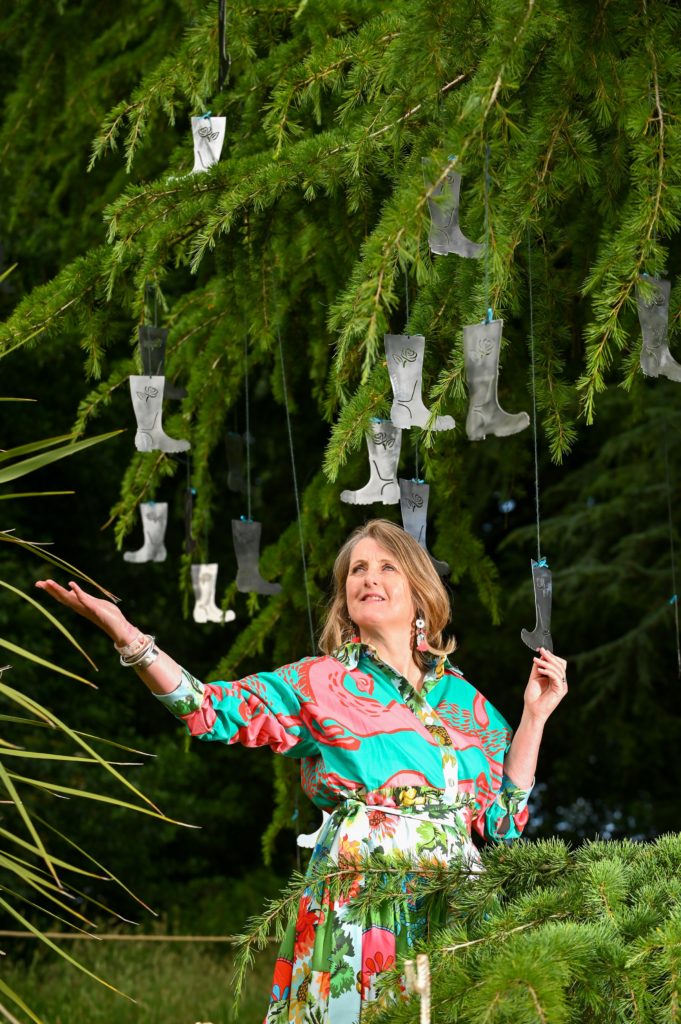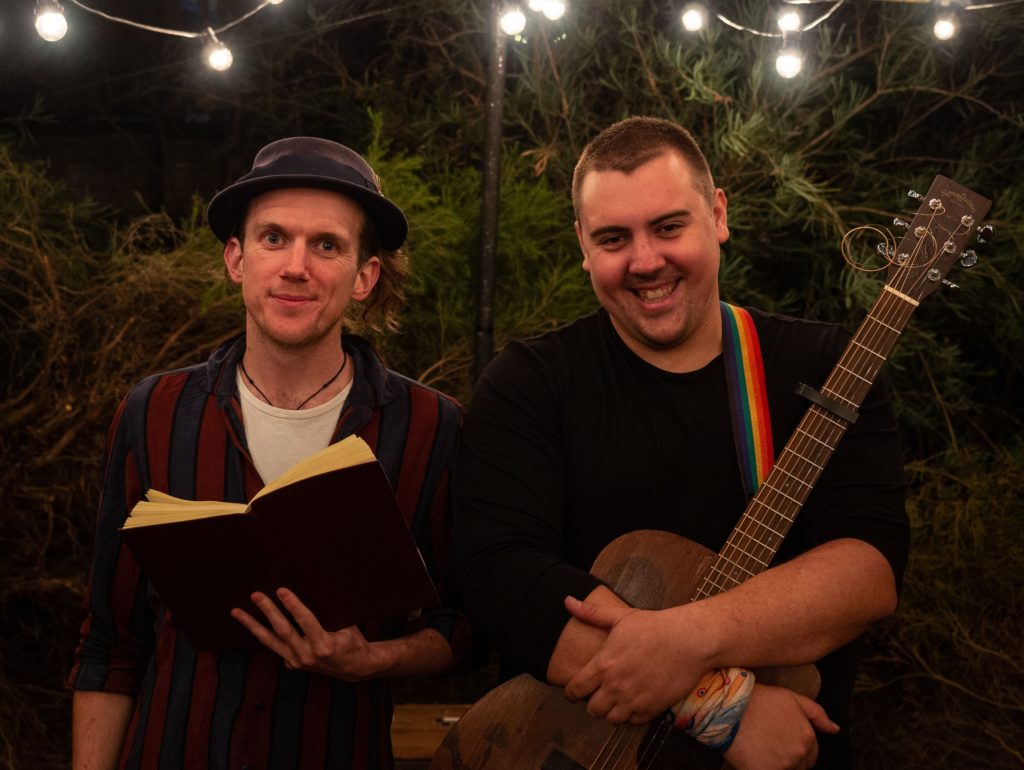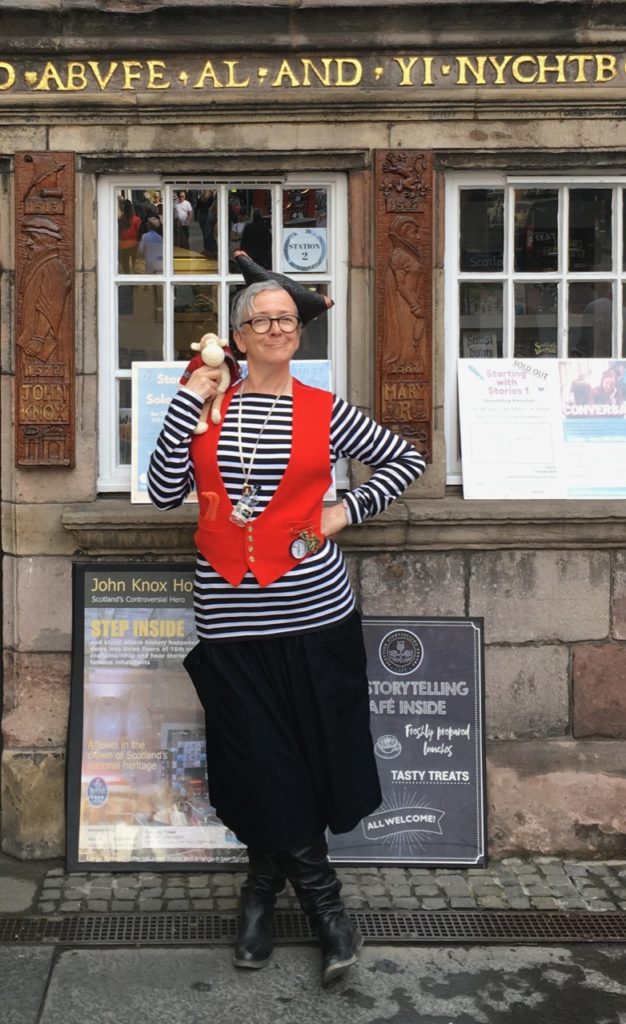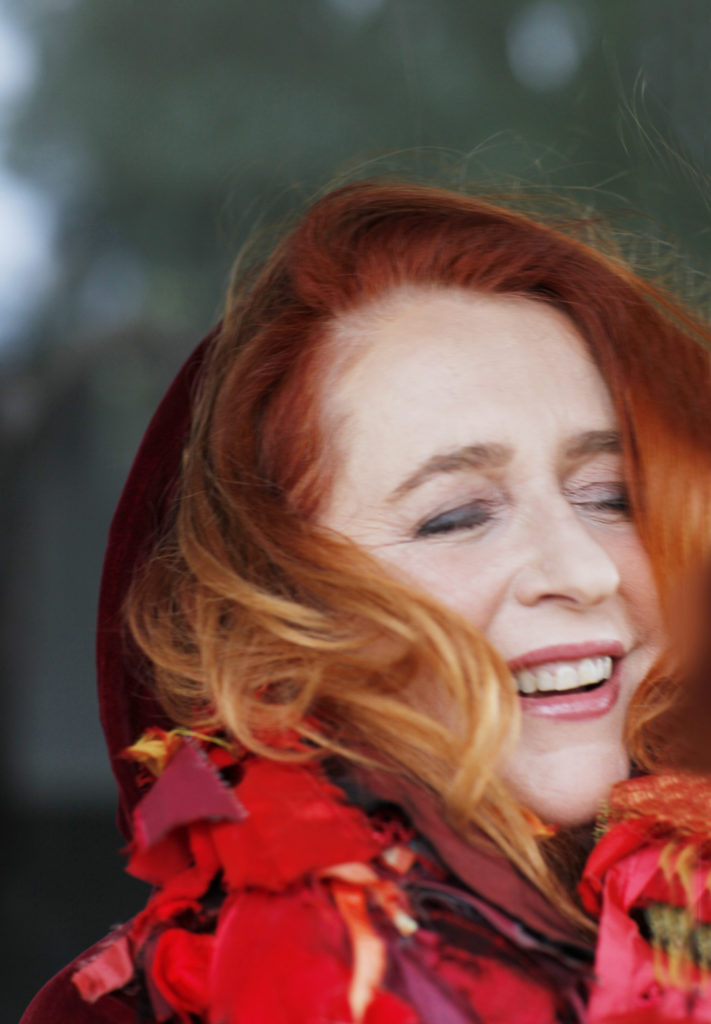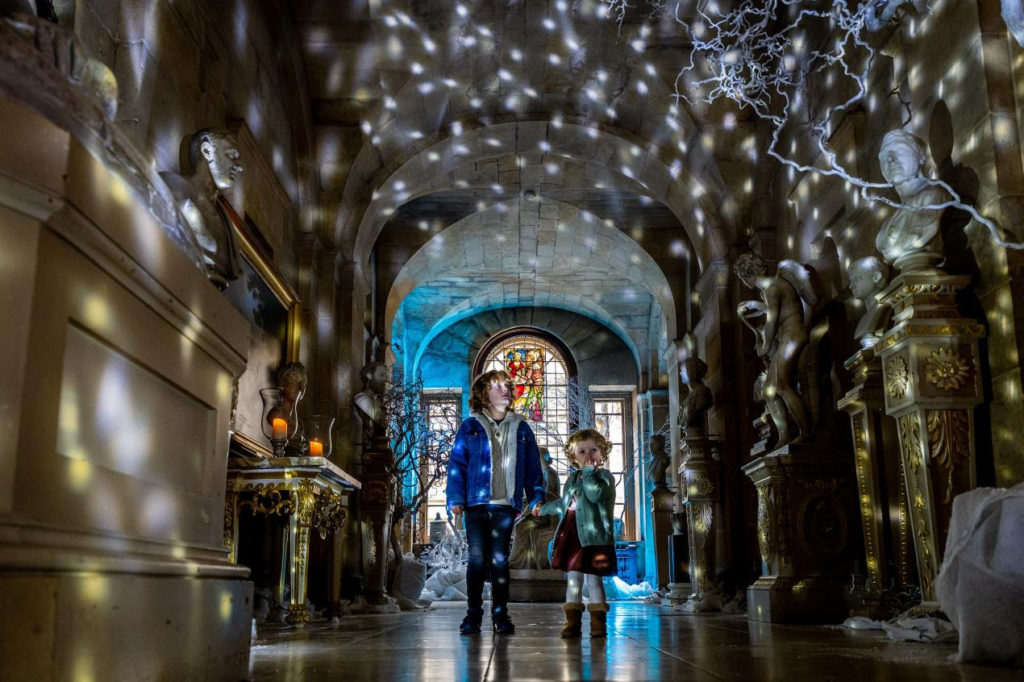
THE last chance to experience Christmas In Narnia fast approaches at Castle Howard, near York, where magical furniture and storybook scenes have been installed this winter.
Inspired by C S Lewis’s Narnia Chronicles, the North Yorkshire country house invites visitors to step through the wardrobe door to explore a world of festive adventure in a dazzling interpretation of the places familiar to Peter, Susan, Edmund and Lucy.
“For our displays, visitors don’t just step into the world of Narnia, they retrace the steps of the Pevensie children from their familiar surroundings at the home of Professor Digory Kirke into the world of perpetual winter ruled over by the White Witch,” says Charlotte Lloyd Webber, who has returned to Castle Howard for a fourth year to orchestrate the displays that run through through the John Vanbrugh-designed house.
“Taking our explorers through the bedrooms of the children gives a hint of the character traits that become amplified in the magical world, before we step out of the wardrobe into the frozen lands.”
A soundscape by Karen Monid accompanies the trip around the house, evoking both the 1940s and the magical world to add an extra dimension and atmosphere to the visit.
Once back on the China Landing, the imposing door of the mirrored wardrobe awaits: the traditional entry point to Narnia. Stepping through a tunnel of fur coats, once through the wardrobe, visitors will discover that icy fingers of frost have touched every part of the path with a blizzard of white.
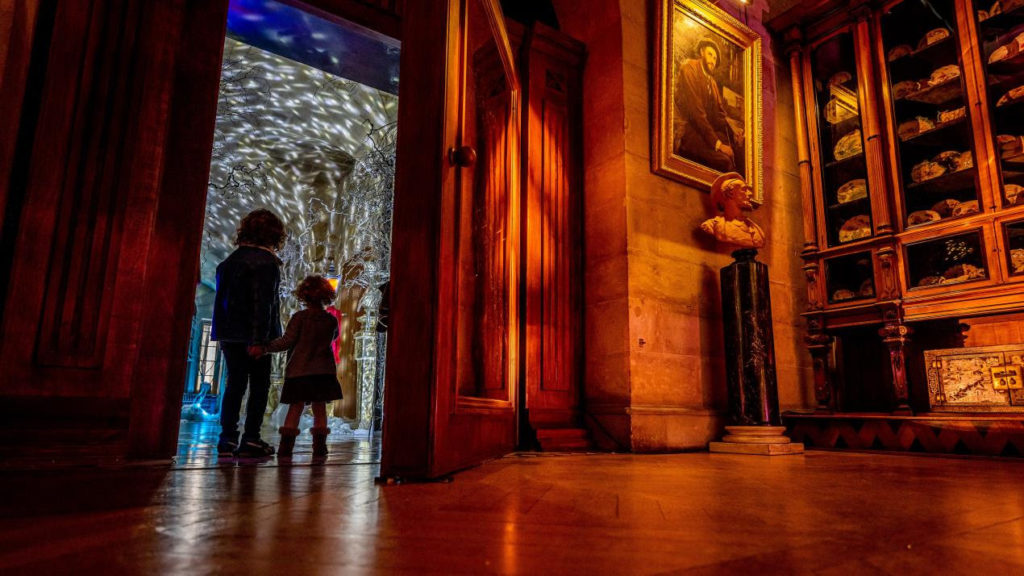
In the distance, the lamp-post marker surrounded by Mr Tumnus’s abandoned presents beckons visitors into a frozen world, where the White Witch’s enemies have been turned to stone. The Antique Passage is filled with frozen animals, twigs and icicles.
The Great Hall is usually the warm heart of the Castle Howard Christmas displays, but not this time. Under the White Witch’s icy gaze, the evergreen tree – standing at 28ft, making it probably the largest real indoor decorated tree in the country – has been caught in a snowstorm.
Every branch is covered with snow and thousands of icicles, together with a constellation of tiny, glistening white lights. Placed centrally beneath the dome, it is as though the spruce tree has grown out of the floor.
Stepping from the Great Hall into the Garden Hall, visitors enter the epicentre of the self-proclaimed Queen of Narnia’s domain, and there they find the White Witch, larger than life, frozen in time and covered in hundreds of icicles, on board her sleigh. Projections and sounds bring the scene to life and continue into the White Witch’s palace.
An icy passageway through the Cabinet rooms leads out of the land of snow, whereupon visitors return to the warmest and most comfortable place in all Narnia: Mr Tumnus’s house. The snow has started to melt and elements of the forest have taken refuge, winter evergreens growing over the fireplace, with its roaring blaze, and real trees creating a sylvan atmosphere.
The re-emergence of Christmas comes with the Fox’s dining room, set out for a magnificent feast with his woodland friends beneath an arbour dressed in glittering red to create a canopy above the table.
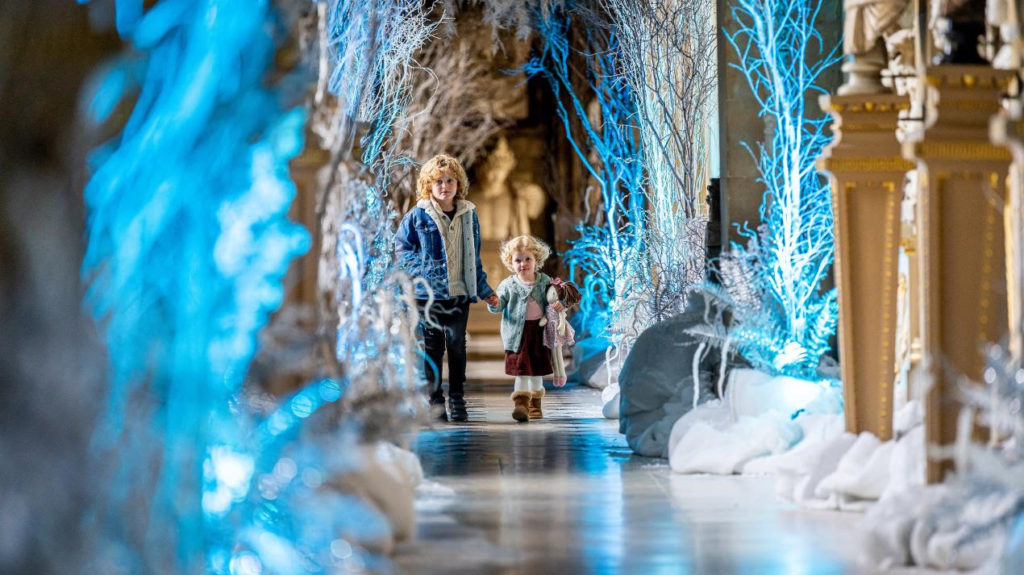
Celebrations continue next door with the colours of the ocean in the Turquoise Dining Room, providing a backdrop for Narnia’s mermaids, singing at the coronation of the Pevensie children.
Onwards to the Long Gallery, where visitors will marvel as they mark the return of Aslan – and Father Christmas – to the magical kingdom. Stepping through another wardrobe door, they encounter suspended rainbow wooden Christmas trees and dancing lights en route to the Octagon, where the four thrones of the Pensive Kings and Queens await.
Located directly above the four thrones is a new feature for this winter, bringing the Octagon ceiling into play through the magic of projection, courtesy of digital-mapping pioneer Ross Ashton and Karen Monid, the team behind the Northern Lights light and sound installation at York Minster in June 2018 and October 2019.
The ceiling appears to open to reveal a starry sky above with an animation that evokes the very essence of Christmas.
Narnia would not be the complete without its noble lion. A giant model of Aslan, fashioned from pages from the CS Lewis novels painted gold, oversees the Long Gallery, surrounded by sculptures of other woodland animals.
The visit concludes in the Castle Howard Chapel, where a Nativity scene has been laid out by the main altar, and where Yorkshire Wildlife Trust’s donation tree stands, dressed with wooden ornaments decorated by children from Slingsby Primary School.
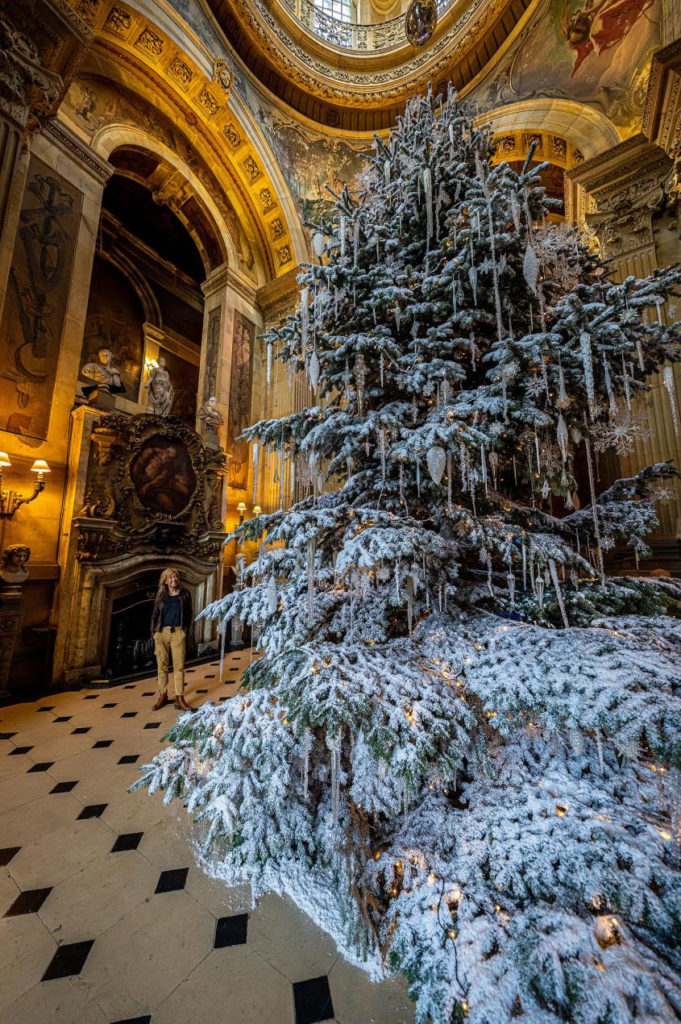
“We are incredibly proud of this winter’s displays and very grateful to our friends at Harper Collins for permitting us to tell the Narnia story in Castle Howard’s unique way,” says the Hon Nicholas Howard, guardian of Castle Howard.
“The displays look marvellous at any time of the day, but I am particularly fond of the late afternoon and evening, as the light fades outside, making the glow of all the lights and candles inside the house seem just that little brighter. Even when you step back outside of the house into the winter evening, the avenue of illuminated trees running the length of the drive looks picture perfect.”
To reduce crowding, fewer people have been allocated a place per time slot, prompting the Castle Howard team to open the house until later on Saturdays throughout the run and Friday evenings in December.
“In previous years, we’ve hosted twilight visits on occasional evenings as we moved closer to the festive season, but this year, we’re adding soundscapes and projections that look particularly spectacular as the daylight fades,” says Abbigail Ollive, head of marketing.
Christmas In Narnia at Castle Howard is the work of the returning Charlotte Lloyd Webber and Bretta Gerecke and their team of specialist designers, lighting experts and even a “baublographer”, whose task was to instal dozens of trees, thousands of baubles and tens of thousands of fairy lights for the displays.
“When it came to planning this year’s installation, the Howard family were very keen that it should go back indoors and Narnia was a great idea. Nick [Nicholas Howard] used to work in publishing and had a very good relationship with the C S Lewis estate,” says Charlotte.
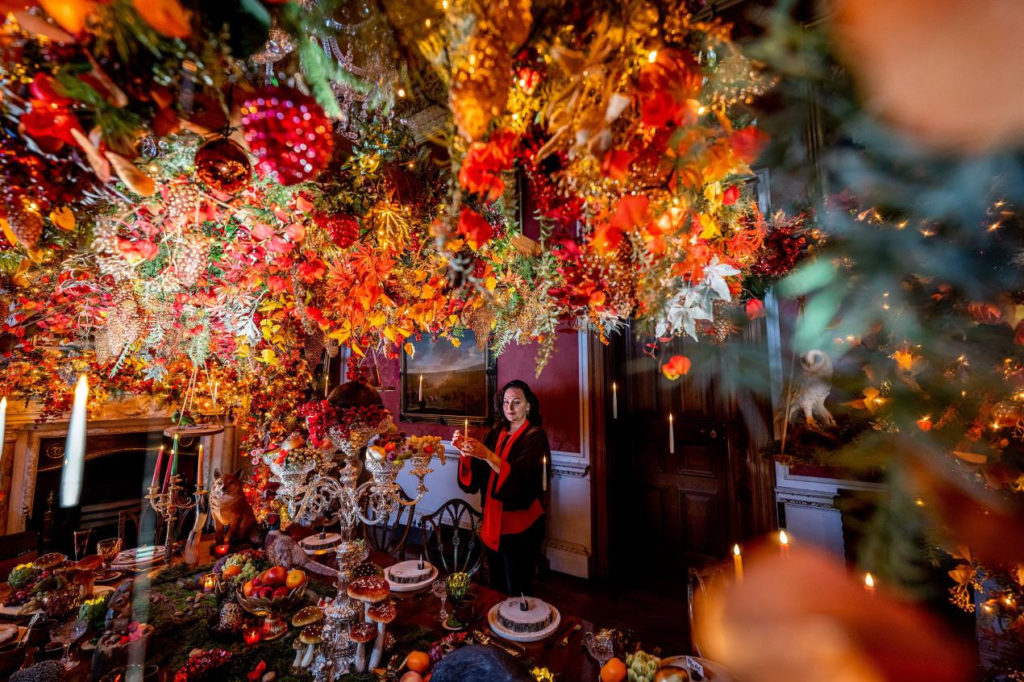
“Victoria [Howard] had always been resistant to stories previously, but now, after seeing Christmas In Narnia, she’s saying, ‘OK, what’s next?’!
“It absolutely makes sense to do a story theme in a house like this, which was designed by a dramatist [Vanbrugh].”
Bretta agrees. “The rooms in this house feel episodic, suiting story scenes, and the apotheosis is how the Long Gallery is set out.”
Going back to the original books for inspiration for these displays has been a “fantastic” experience for Charlotte’s team. “C S Lewis writes with such colour and attention to detail, and yet it has given us scope to put our own individual interpretation on this magical world to weave familiar parts of Castle Howard into the story,” she says.
Charlotte finds resonance in 1940s’ wartime experiences being echoed by the pandemic’s lockdowns and restrictions of 2020 and 2021. “What struck us was the poignancy of the four children going through the worst disaster of the 20th century, the Second World War, and now we’re going through the worst disaster of the 21st century so far.
“What we wanted to do was emphasise the sense of stepping out of what’s happening in the world now, to step through the wardrobe door into the magical world of Narnia.”
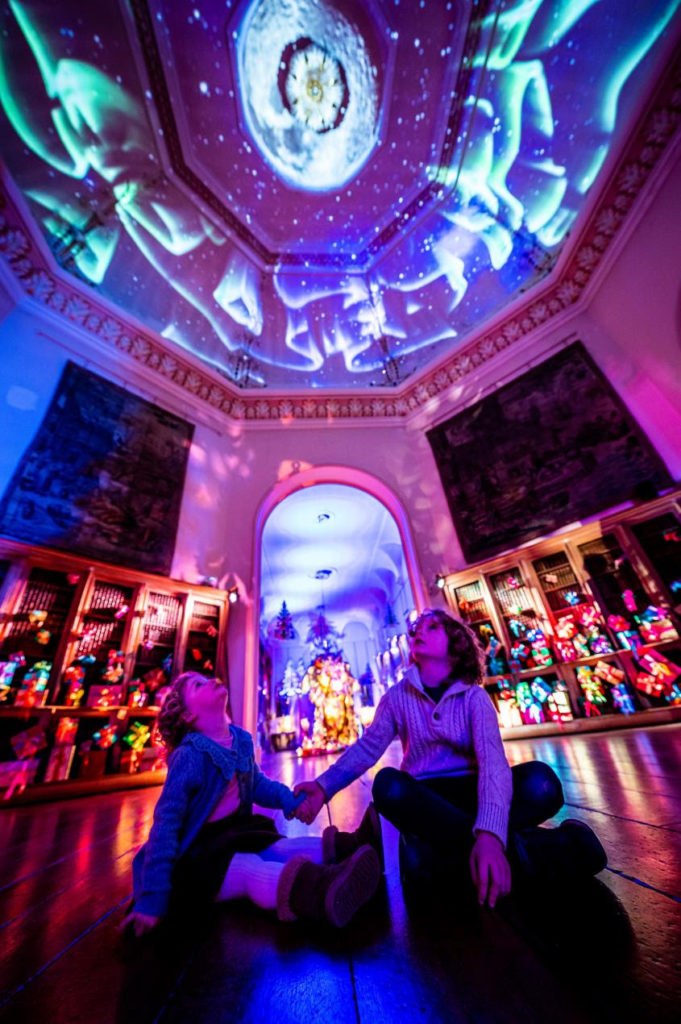
Ross Ashton talks of a prevailing feeling of doom and existential crisis being lifted by experiencing Christmas In Narnia, before Bretta adds: “That’s what makes the pay-off in the Long Gallery so rewarding. That sense of hope. That final room is joyful and hopeful, but you have to have some tragedy first to have that release of potential joy.”
The Christmas displays at Castle Howard always take the form of a journey, but this year the experience has expanded to become multi-sensory, heightened by Ross Ashton’s projection and Karen Monid’s soundscape. “One of the things about the sense of sound is that it happens in real time and you have to be constantly alive to that, to let it reveal itself, as we can only take in things in real time too,” she says.
“It is the sound that envelops you, goes all around you, giving a voice to the room and the design, and because we’re telling a story in each room, the sound has to respond to that. I had to make a decision, room by room, as to what the important sounds should be.”
Rather than arriving with a fixed soundtrack for the 38 rooms, Karen had to consider the acoustics of each room, “rooms that could ring like bells,” she says. “When it came to choosing the sound of the wind, I went for a low-pitched variation, so it could travel down the passageways without having to turn the volume up.
“The Garden Room and the Great Hall have the same wind sound too; the idea is that it should keep pulling you onwards. That’s why I’ve tuned the winds all in the same key.”
Every detail is planned carefully. “There are curated tracks in the rooms, such as for the Mermaids’ music, which I put together with no bass in it because I wanted to take that weight out of the sound, so you feel lifted,” says Karen.
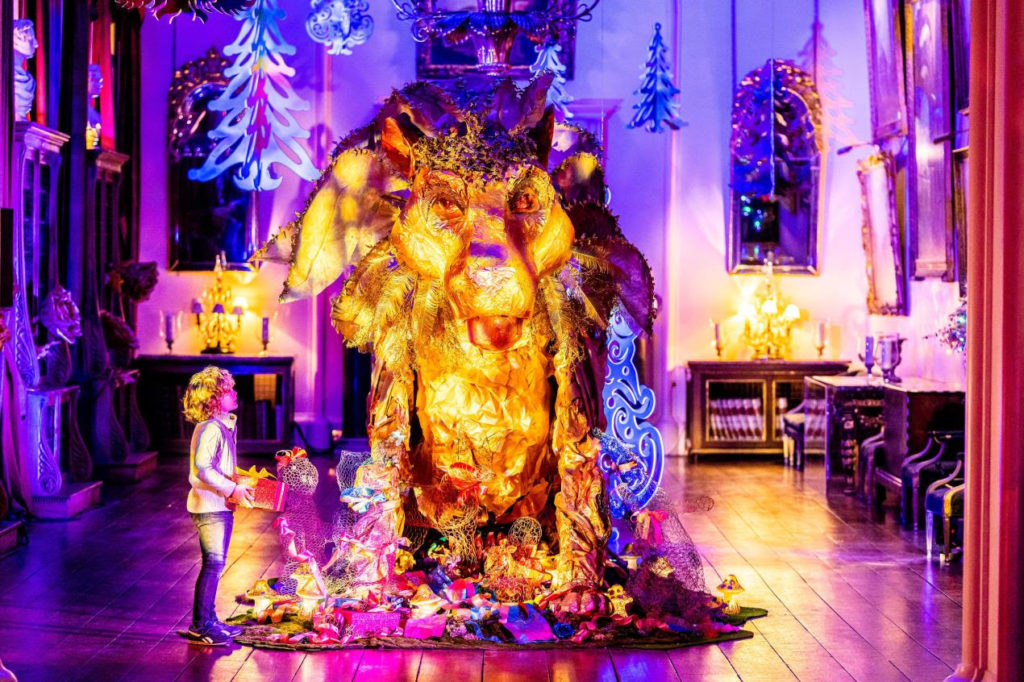
When Karen and Ross work in tandem on a project, the sound always comes first, and then Ross plays his creative hand. “It’s the end result you’re interested in,” he says. “You react to the space; Castle Howard has a theatrical design and this space is a gift. Here it’s a half dome, an octagon, and in the room, there’s all this amazing décor to wonder at.
“It’s an unusual space; you look at it to see how it inspires you and I think it has an Arabic feel to it, with that Eastern flavour being different to Narnia – and of course Aslan is the Turkish word for ‘lion’.”
Ashton’s constantly moving animated projection design “opens the roof to reveal the universe to give a spectacular ending to the trail”. “You see Aslan, and of course the lion is the emblem of Castle Howard, and you see Father Christmas too, who turns up at the end of The Lion, The Witch And The Wardrobe,” he says.
How can Charlotte and her team trump Christmas In Narnia? “That’s what we try to do each year…but it’s not a competition!” she says. “Next year we’ll find something totally different for a theme, maybe a fairytale, but definitely totally different.”
Christmas In Narnia runs at Castle Howard until January 3. All time slots are sold out, but any returns automatically will become available to book via castlehowardchristmas.seetickets.com/timeslot/christmas-in-narnia. Tickets include timed access to the house, with full access to the gardens and adventure playground.

